

Max Davies
2026 Toyota HiAce review
5 Hours Ago
The new Range Rover Sport will offer petrol, diesel, plug-in hybrid and, eventually, all-electric power. The first models arrive later this year.

News Editor


News Editor
The new-generation Range Rover Sport has been officially revealed.
Headline acts include a longer-range six-cylinder plug-in hybrid and a twin-turbocharged V8, alongside six-cylinder mild-hybrid petrols and diesels. A full EV Range Rover Sport has also been confirmed.
Much of the newly revealed range is available to order now, with deliveries beginning in the fourth quarter of 2022. The inline six-cylinder petrol engines will arrive a bit later, in 2023, while the electric model will be revealed in 2024.
The flagship twin-turbo V8 replaces the old supercharged 5.0-litre V8, and will be offered for the first 12 months of production only in a special ‘First Edition’ model.
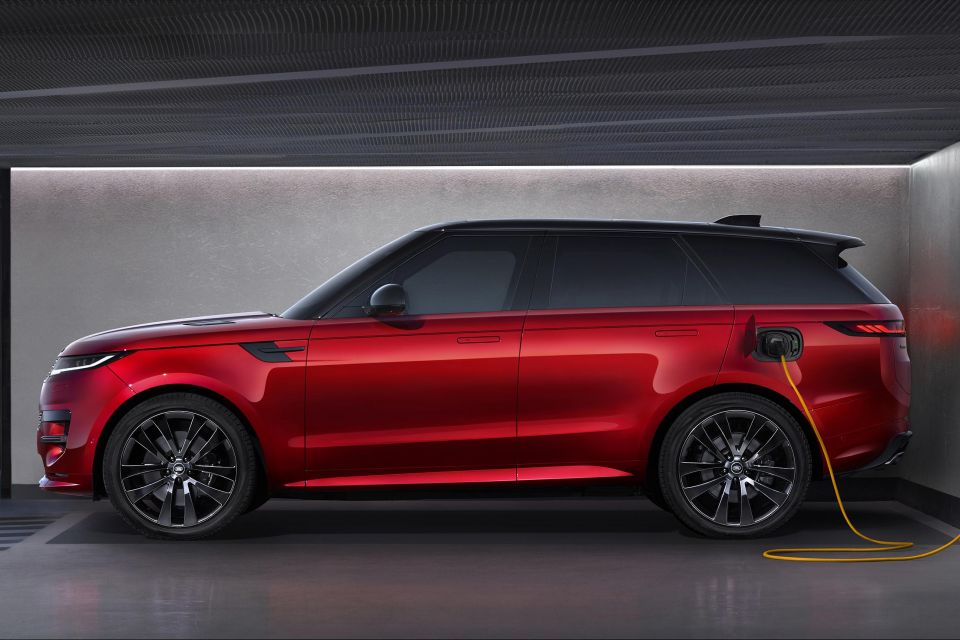
The First Edition will be available later in 2022 only via an “exclusive online sales event”, with pricing yet to be announced.
Range pricing starts at $139,160 before on-road costs for the SE D250, topping out for now at $198,097 (again, before on-road costs) for the plug-in hybrid Dynamic HSE P510ePHEV.
That means the base price has been increased by just under $20,000 when compared with the outgoing Range Rover Sport equivalent.
Despite measuring longer than the old car, Land Rover has made no mention of a third row of seating.
That’s despite (or perhaps because of) the larger Range Rover finally gaining the option of a third row, and perhaps leaves buyers at this price point to look to the Land Rover Discovery or Defender.
MORE: 2023 Range Rover Sport, from the reveal event
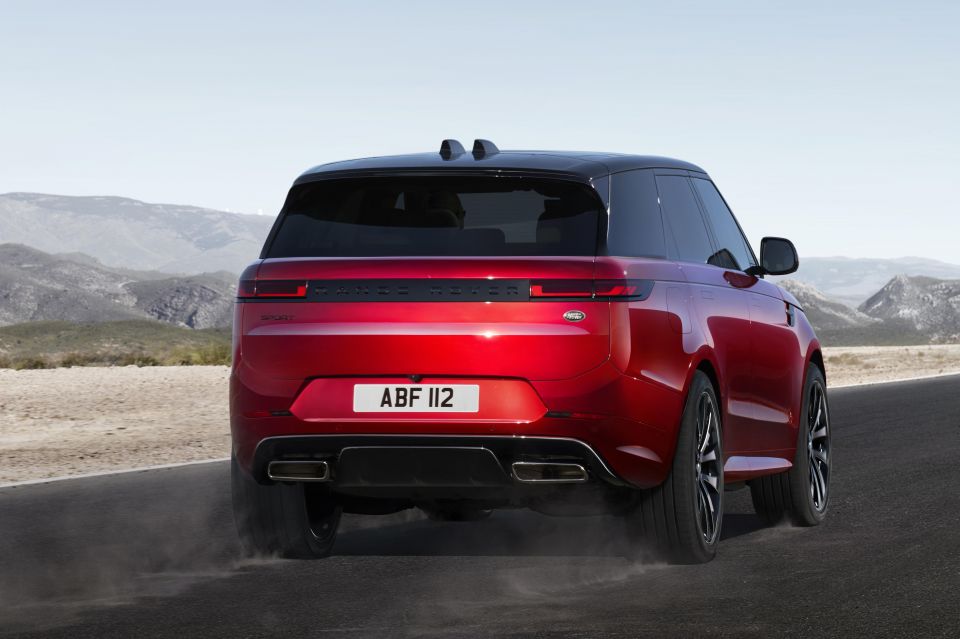
The powertrain lineup consists almost entirely of 3.0-litre inline six-cylinder engines.
The headline act, at least until the pure-electric version arrives, is the P510e plug-in hybrid. This mates an ‘Ingenium’ 3.0-litre inline-six petrol engine with a 105kW electric motor and a 38.2kWh battery.
Total system outputs are 375kW of power and 700Nm of torque, with a claimed 0-100km/h time of 5.4 seconds. Electric range for the P510e is more than 125km, albeit under the generous NEDC cycle.
Nevertheless, all of those figures are a step up from the plug-in hybrid four-cylinder powertrain found in the outgoing Range Rover Sport, which puts out 297kW and 640Nm with just 48km of electric range.
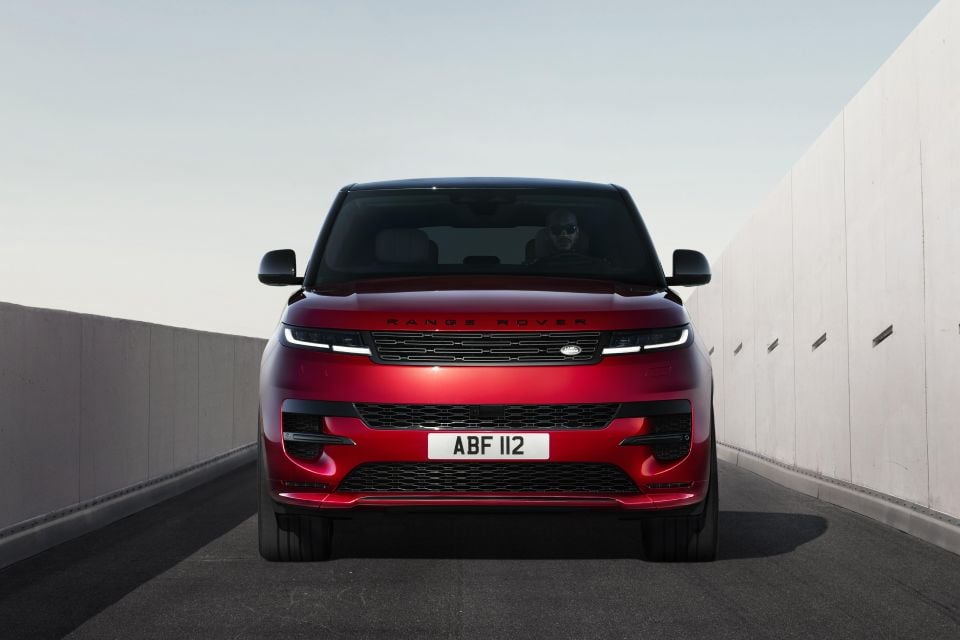
Land Rover says you can cruise at 140km/h in the P510e without using the petrol engine. There’s DC fast-charging capability, allowing you to charge from 0 to 80 per cent in less than an hour with a 50kW rapid charger, while a full charge with a 7.2kW AC wallbox will take less than five hours.
The Land Rover Remote app allows you to pre-condition the cabin and manage timed charging functions, including restricting the car to only charge at low-cost hours. There’s also a smart-charging function that charges the vehicle as efficiently as possible based on a planned departure time set by the driver.
The other range-topping powertrain detailed is the new BMW-sourced 4.4-litre twin-turbo petrol V8, which pumps out 390kW and 750Nm – good for a 0-100km/h in 4.5 seconds with launch control engaged.
That matches the sprint time of the supercharged 5.0-litre V8 mill in the outgoing car, while being a claimed 17 per cent more fuel efficient.
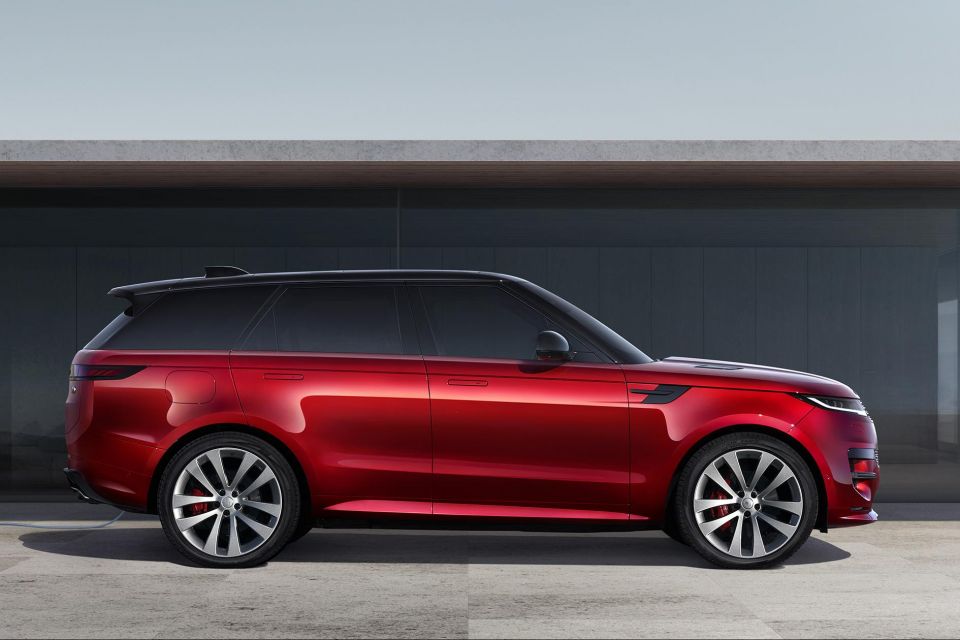
There’s a further range of 3.0-litre inline six-cylinder petrol and diesel engines, all of which use a 48V mild-hybrid system with a belt-integrated starter generator.
These comprise:
Diesels return up to 7.2L/100km on the combined cycle, while Land Rover claims 9.4L/100km for the P360 and P400.
Regardless of powertrain, the Range Rover Sport sends power to the ground via an eight-speed automatic transmission sourced from ZF.
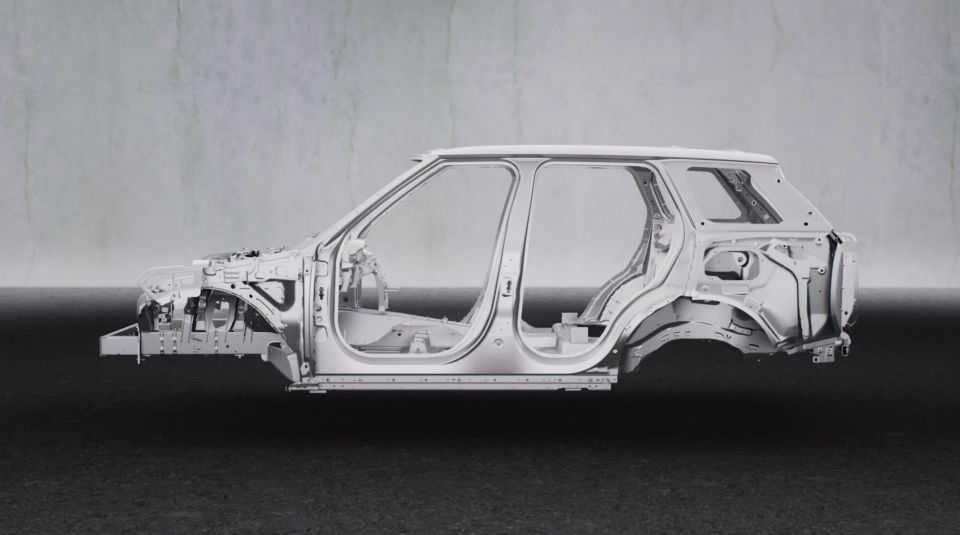
The Range Rover Sport rides on Land Rover’s new MLA-Flex architecture, shared with the new Range Rover.
Land Rover claims the new car’s architecture is 35 per cent stiffer than the outgoing model.
Dynamic air suspension is standard on all variants, and now includes switchable-volume air springs.
The system automatically lowers the car by 16mm at speeds above 105km/h, and will monitor the road ahead using navigation data to prime the car for upcoming bends.
New to the range is Dynamic Response Pro, a 48V electronic active roll control system that’s capable of applying up to 1400Nm of torque across each axle to help improve body control.
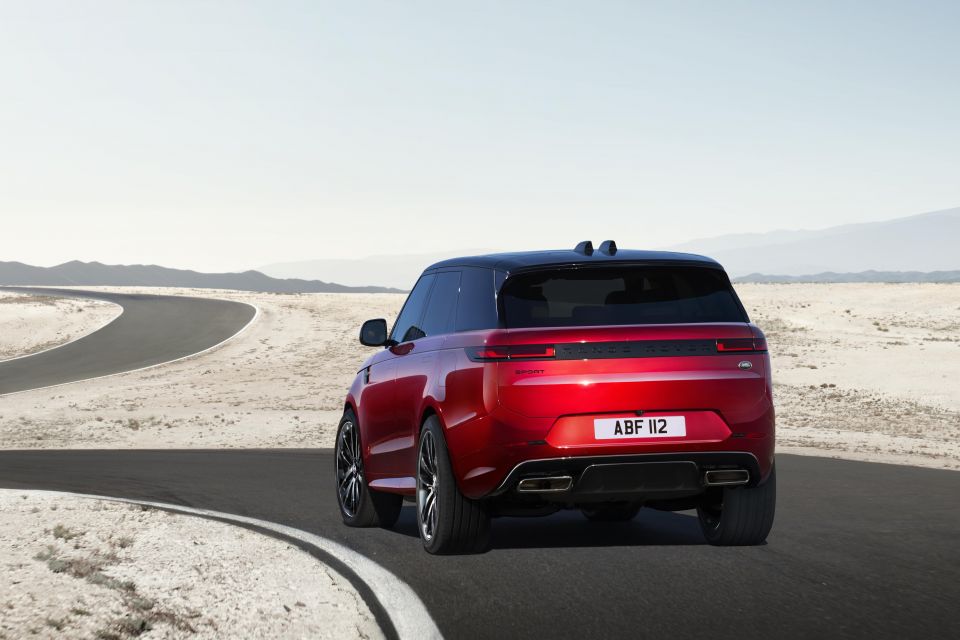
It also helps off-road, with the anti-roll bar decoupled to maximise wheel articulation and improve ride comfort over rough terrain.
All-Wheel Steering, standard on P510e and P530 models, provides rear-wheel steering to enhance both low-speed agility and high-speed stability. Land Rover says it gives the Range Rover Sport “the turning circle of a hatchback and on-road agility of a much smaller car”, quoting a turning circle of 10.95m.
It’s also programmed to react differently in each Terrain Response mode.
Active twin-valve dampers reduce unwanted body movements, while an electronic active differential optimises traction on slippery surfaces and sends torque to the wheel with the most grip for continuous progress over slippery terrain.
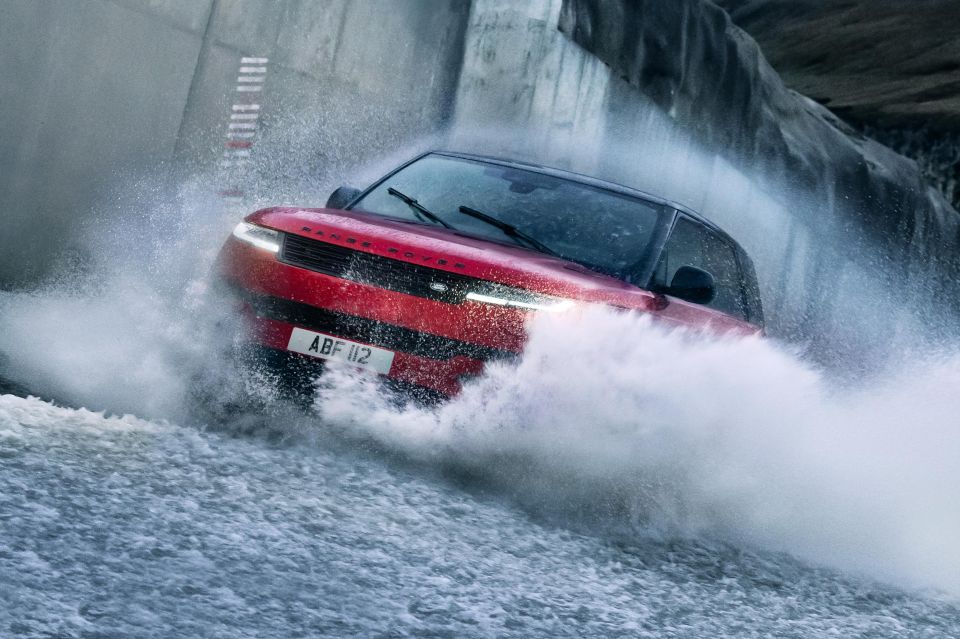
A braking-based torque vectoring feature also helps manage torque distribution on the rear axle to reign in understeer and oversteer.
All P510e and P530 models come standard with torque vectoring, all-wheel steering, customisable drive modes, and Dynamic Response Pro, while you can get these features with other powertrains as part of a new ‘Stormer Handling Pack’ from 2023 onwards.
The Range Rover Sport’s all-wheel drive system can disconnect drive to the front wheels, axle and propshaft when not necessary, for example at cruising speeds on the highway or on dry roads.
There’s a ‘Terrain Response 2’ system that determines the most appropriate setting for the terrain across which you’re travelling, while Wade Mode allows you to wade through up to 900mm of water by setting the ride height to its highest level and closing all the cabin vents.
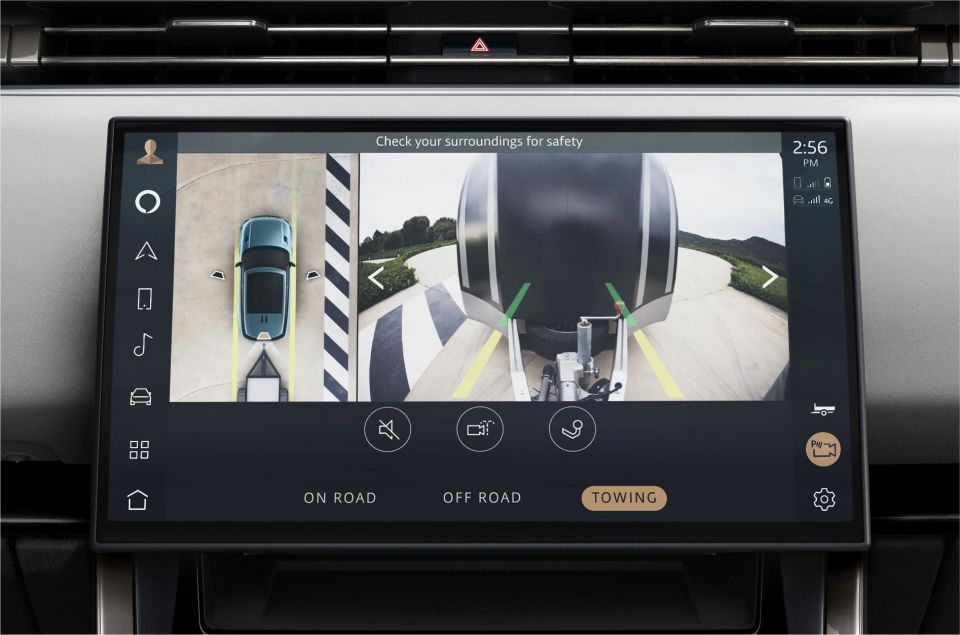
Wade Mode also works with the new adaptive off-road cruise control system to help you find the perfect bow wave.
This cruise control system helps you maintain steady progress, adjusting the speed automatically while you focus on steering. There are four comfort settings to choose from.
There’s an electronically deployable tow bar, while features like Advanced Tow Assist, Hitch Assist and trailer stability control help you connect your trailer and keep it steady on the road.
All models have a 3.5-tonne braked towing capacity except for the P510e, which has a 3.0t capacity.
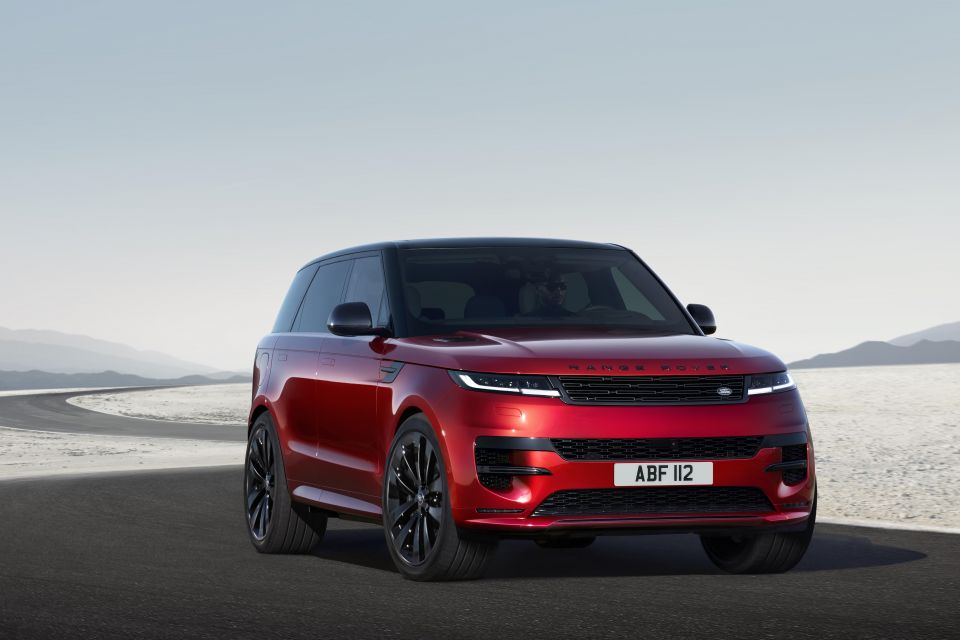
Much as the latest Range Rover and Range Rover Evoque closely resemble their predecessors, Land Rover has taken an evolutionary approach with the third-generation Range Rover Sport’s exterior.
Drag has been reduced by 15 per cent, with a coefficient of 0.29. There are also flush door handles and flush glazing for a cleaner, more modern look.
The digital LED headlights are the slimmest headlights ever fitted to a Land Rover and feature the company’s Adaptive Front Lighting system. There are no unusual tail lights like the bigger Range Rover, though they are slimmer and introduce surface LED technology.
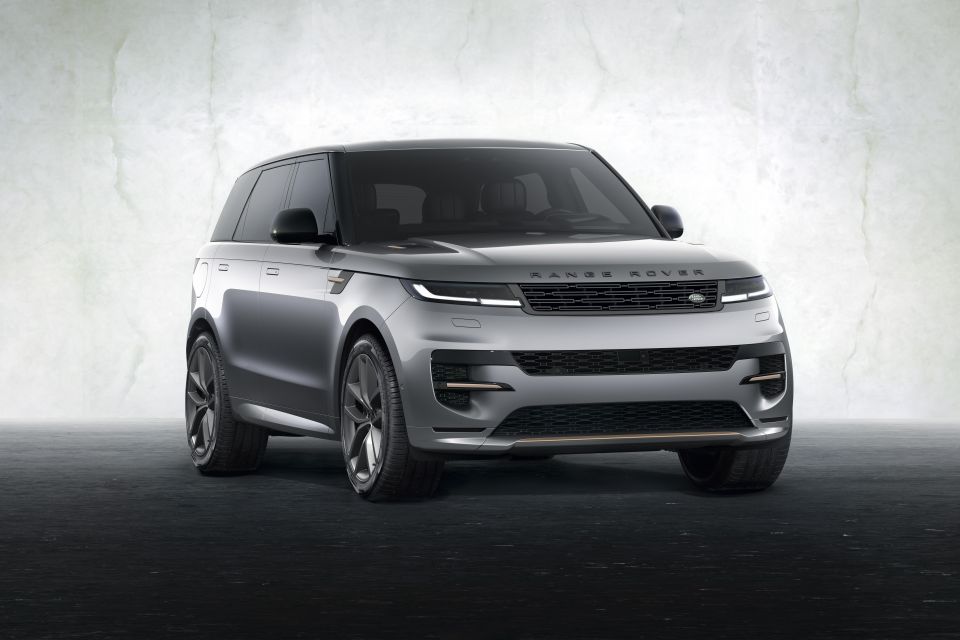
Land Rover says this is a production vehicle first, and that the lights ensure “the highest quality of consistent light when viewed from any angle”.
Speaking of trick lighting, there are new manoeuvring lights. These work with the surround-view camera to project LED downlights onto the ground, creating a “carpet of light” around the vehicle.
Dynamic-badged models feature Satin Grey alloy wheels, along with a Matte Graphite Atlas finish for the grille and badging and Satin Burnished Copper finishes for the bonnet louvres and side ingots.
They also include unique front and rear bumpers and body-colour lower cladding.

The Range Rover Sport measures 4946mm long, 2209mm wide (including the mirrors), and 1820mm tall, spanning a 2997mm wheelbase. That makes it 67mm longer and 40mm taller than the outgoing model, on a 74mm longer wheelbase.
Maximum ground clearance is 274mm on the P510e and 281mm on all other variants, while all models feature a 30-degree departure angle.
Approach and departure angles are 33 degrees and 26.9 degrees, respectively, on all bar the plug-in hybrid where they’re 29.7 and 24.5 degrees.

The minimalist look continues inside the cabin, with a neat dashboard highlighted with Moonlight Chrome details.
There are available sustainable Ultrafabrics premium textiles in two-tone colourways, with an extended trim option seeing textile material applied to the dashboard and doors.
Traditionalists can also stick with the grained Windsor and soft semi-aniline leather trim options.
There’s a 13.1-inch curved-glass touchscreen running Land Rover’s Pivi Pro infotainment system, which supports over-the-air updates.

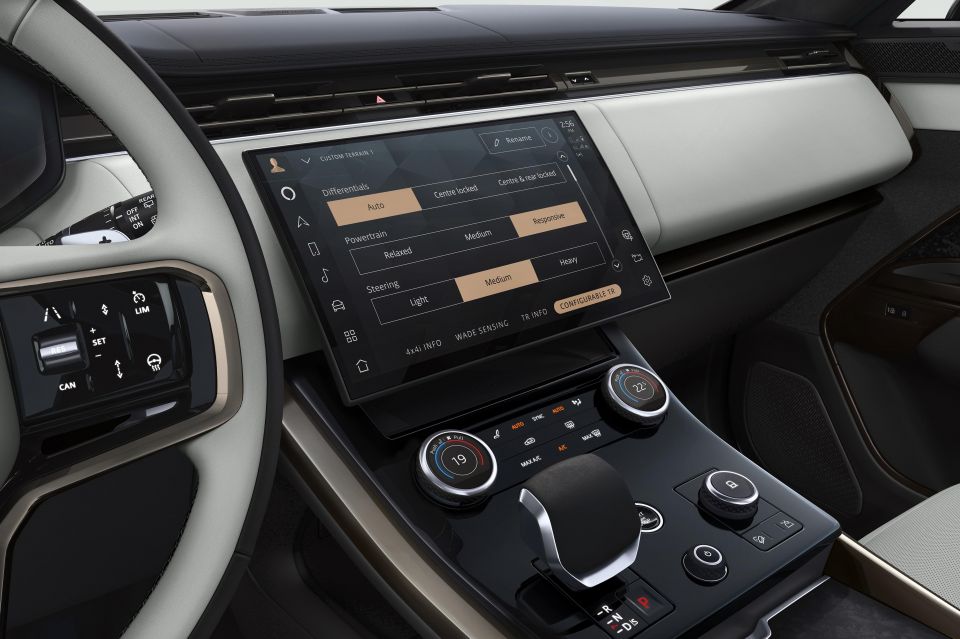
It features wireless Android Auto and Apple CarPlay, and also includes embedded Spotify. A 15W wireless charger with active cooling helps keep your phone alive while it’s connected.
Voice prompts, enabled by saying “Hey Land Rover”, allow you to vocally control functions like the navigation and cabin temperature.
Embedded Amazon Alexa also supports voice prompts, and you can even manage your smart home settings from the car. No smartphone is required, as the car has an embedded eSIM – you’ll just need to log into your Amazon account.
Ahead of the driver is a 13.7-inch digital instrument cluster, while a head-up display is standard on all bar SE and Dynamic SE models.
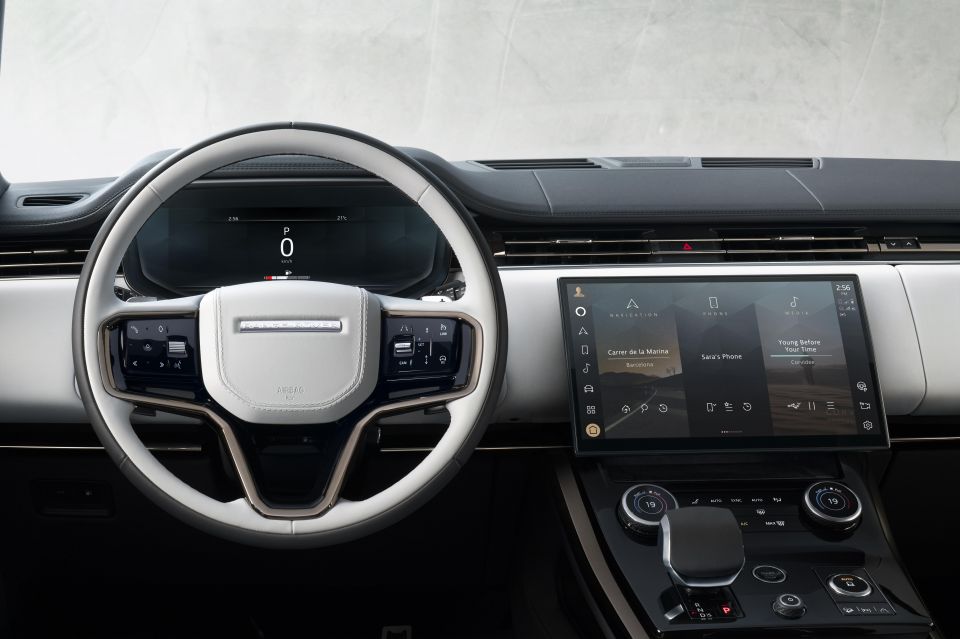
There are seven USB-C outlets across the two rows of seating, along with two 12V outlets up front.
Step into the rear and you’ll find seats positioned 11mm higher than those on the front. Land Rover claims legroom is up by 31mm, with 20mm greater knee clearance.
There’s a rear seat entertainment option featuring two curved-glass 11.4-inch displays on the front seatbacks, with HDMI and USB ports.
There’s 450L of boot space, or 835L if you measure to the roof. This expands to 1860L with the rear seats folded.
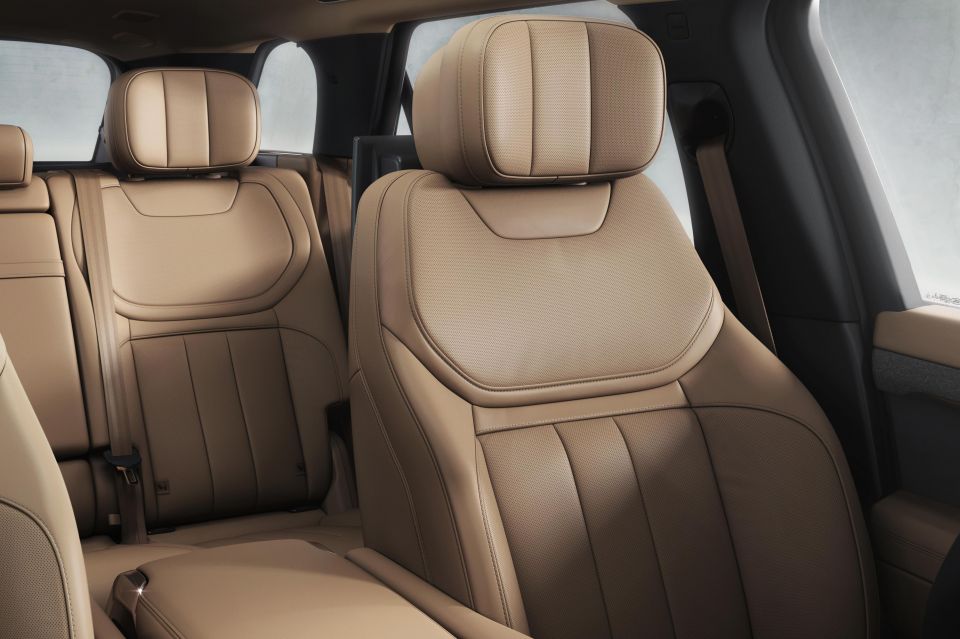
As you’d expect from any Jaguar Land Rover product, the options list is encyclopaedic in length. Highlights include 22-way power-adjustable, heated, ventilated and massaging front seats with memory, as well as a 29-speaker 1430W Meridian Signature sound system that includes four headrest speakers.
There are also 15-speaker 400W and 19-speaker 800W Meridian sound systems available.
Active Noise Cancellation helps drown out road noise, working like a pair of noise-cancelling headphones. However, in Dynamic mode the system can also amplify engine sounds.
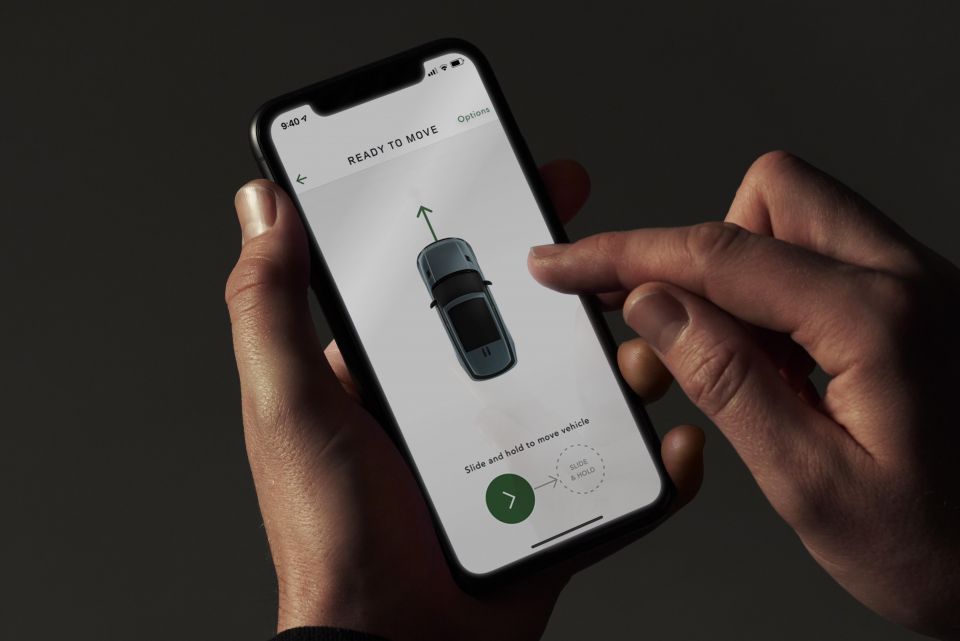
All Australian-market Range Rover Sports will come standard with the following safety equipment:
A new feature for the Range Rover Sport is remote park assist, which allows you to park the vehicle using the Land Rover app provided you stay within 3m of it.
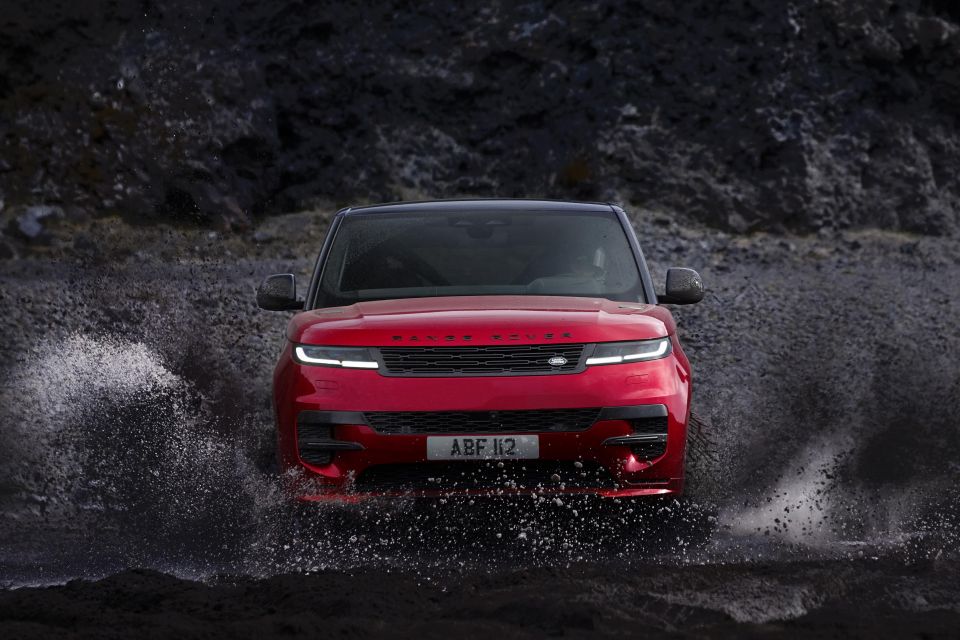
Prices exclude on-road costs
MORE: 2023 Range Rover Sport, from the reveal event MORE: 2023 Range Rover Sport spied with less camouflage MORE: 2023 Range Rover Sport reveal set for May 11 MORE: Land Rover plug-in hybrid offensive: Three new PHEVs in 2022 MORE: 2020 Range Rover Sport HSE Review
Where expert car reviews meet expert car buying – CarExpert gives you trusted advice, personalised service and real savings on your next new car.
William Stopford is an automotive journalist with a passion for mainstream cars, automotive history and overseas auto markets.


Max Davies
5 Hours Ago


William Stopford
21 Hours Ago


Ben Zachariah
22 Hours Ago


Derek Fung
22 Hours Ago


Matt Campbell
1 Day Ago


William Stopford
2 Days Ago